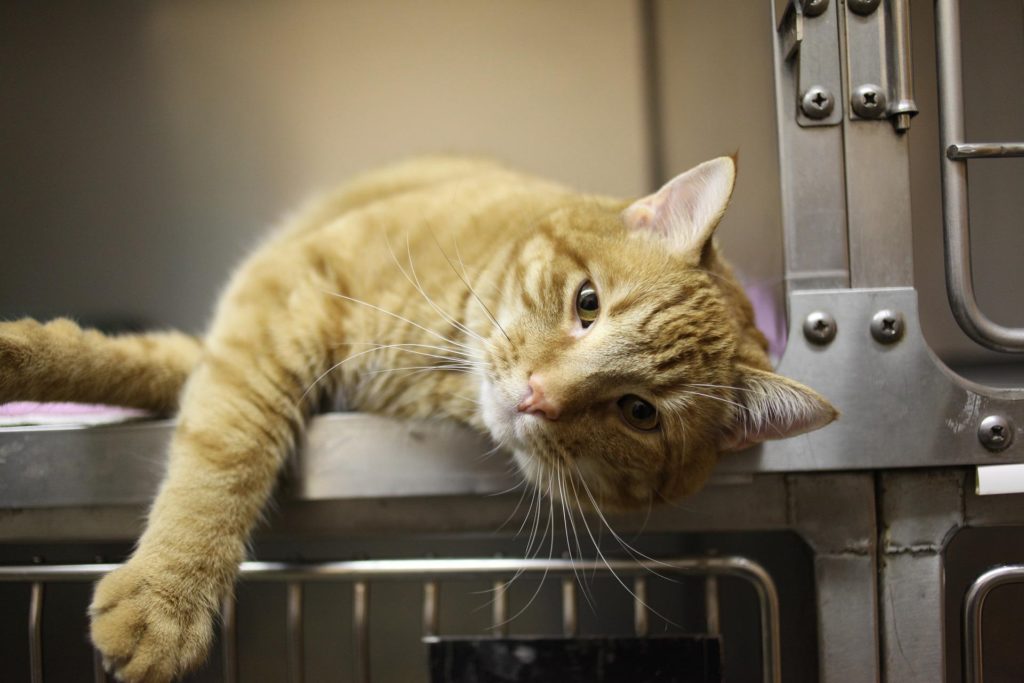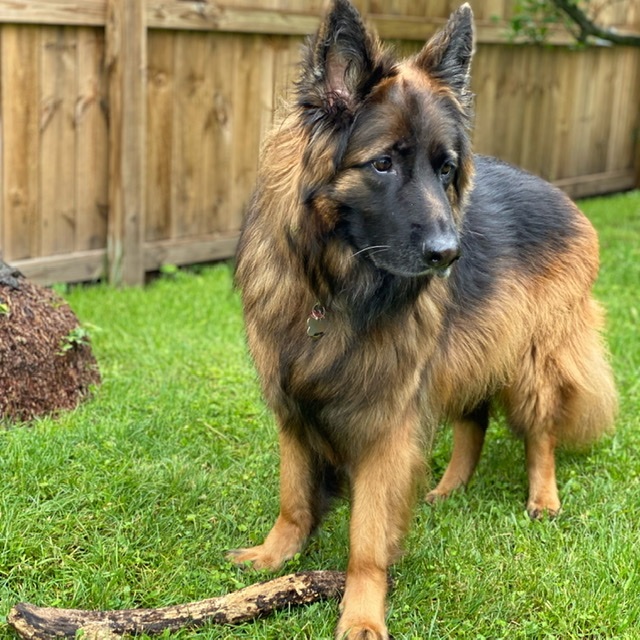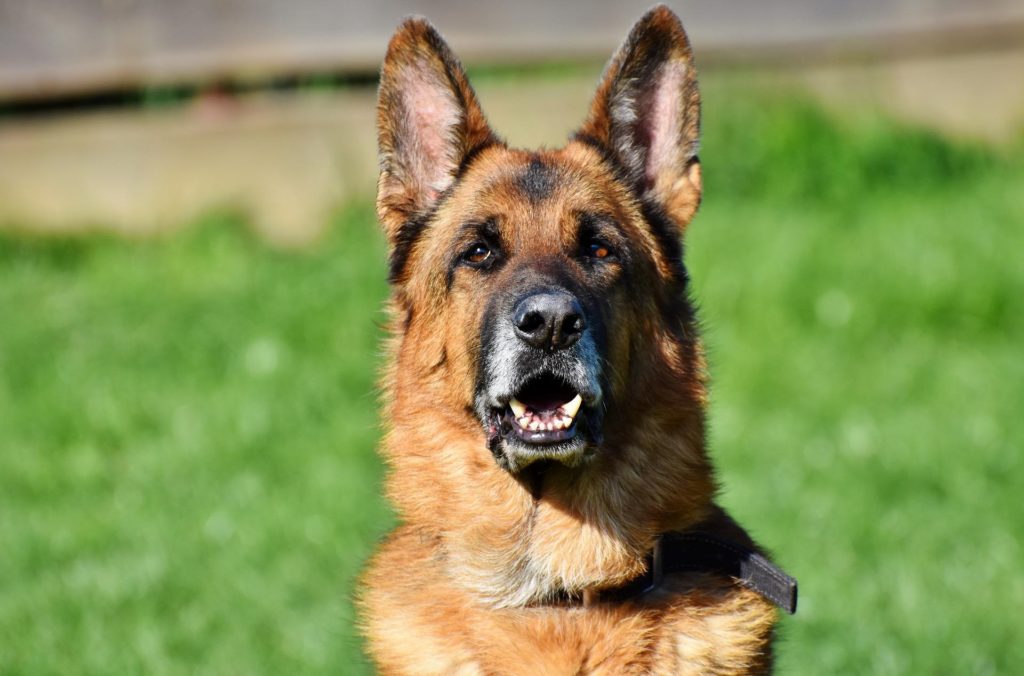Meet the VetStem Pack on National Dog Day
Today is one of our favorite days of the year: National Dog Day! For those of you who follow our social media, you’re probably familiar with some of the VetStem pack members. For the rest of you, meet our pack!
If you don’t already know, Mick is the unofficial VetStem mascot. He belongs to VetStem CEO, Dr. Bob Harman. He even has an entire #MickMonday social media campaign dedicated to him! Follow us on Facebook and Instagram to check it out.

Our followers are also probably familiar with the craziest Frenchie in the land, Darby! She belongs to Veronika, our Customer Service Manager. She is full of personality and of course lots of Frenchie snorts! Her silly antics keep us entertained all day long!
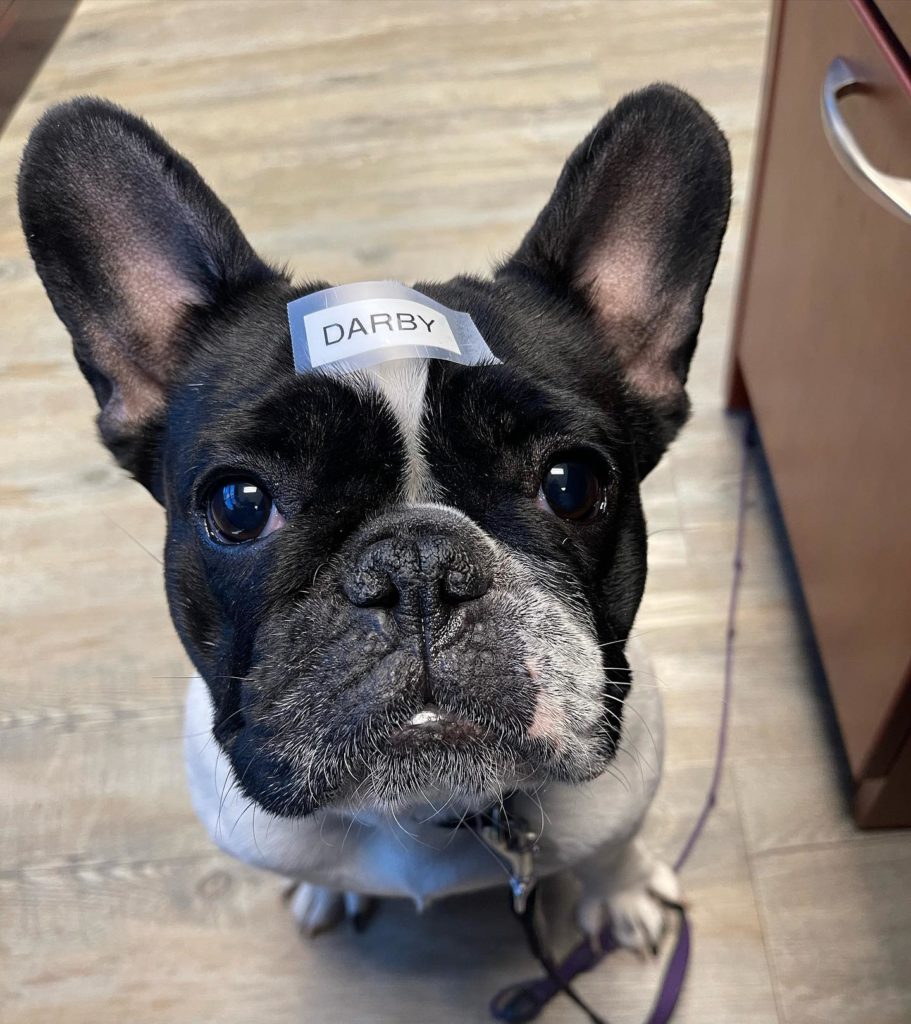
Another familiar face, this bear of a dog is Elphie (short for Elphaba). She’s a cute and fuzzy ball of fur! Just ask her mom, our Director of Commercial Operations, Kristi. Oh wait, never mind, she’s busy vacuuming.
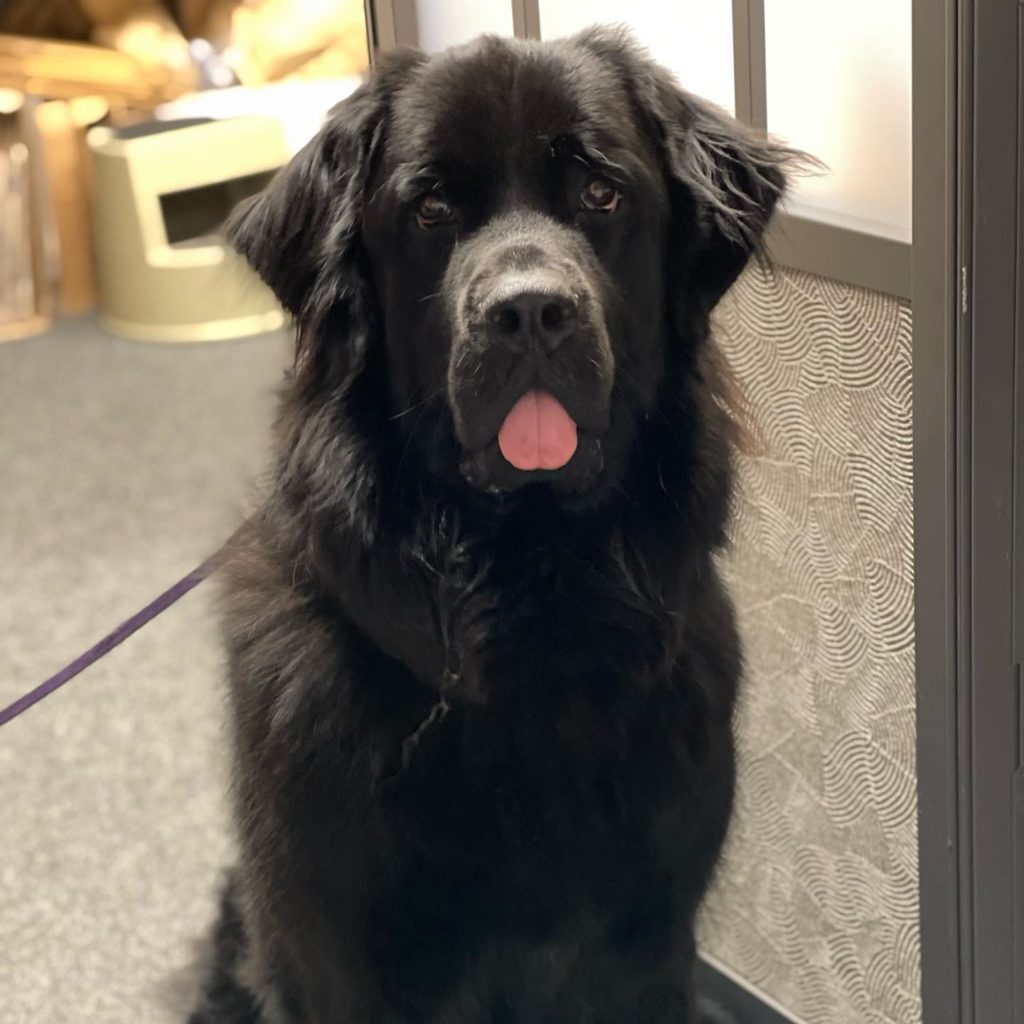
Next up is this mischievous foursome! From left to right, we have Duncan, Flynn, Brogan, and Luca, otherwise known as the Herd of Herders. I asked Whitney, our Customer Service Rep, what it’s like owning four herding dogs. To sum up her reply, she said, “What, like it’s hard?”

These sweet girls are Moosh and Quita. Owned by our Chief Development Officer, Anne, they are the best of friends and the yin to each other’s yang.

Some of you may remember Stormy’s puppy pictures from when she first visited our office. Well, she’s 5 months now and as you can see, she’s grown a lot! IT Manager Willy said she’s very intelligent and has learned basic commands quickly. She loves to play hide and seek and to go swimming at the beach.
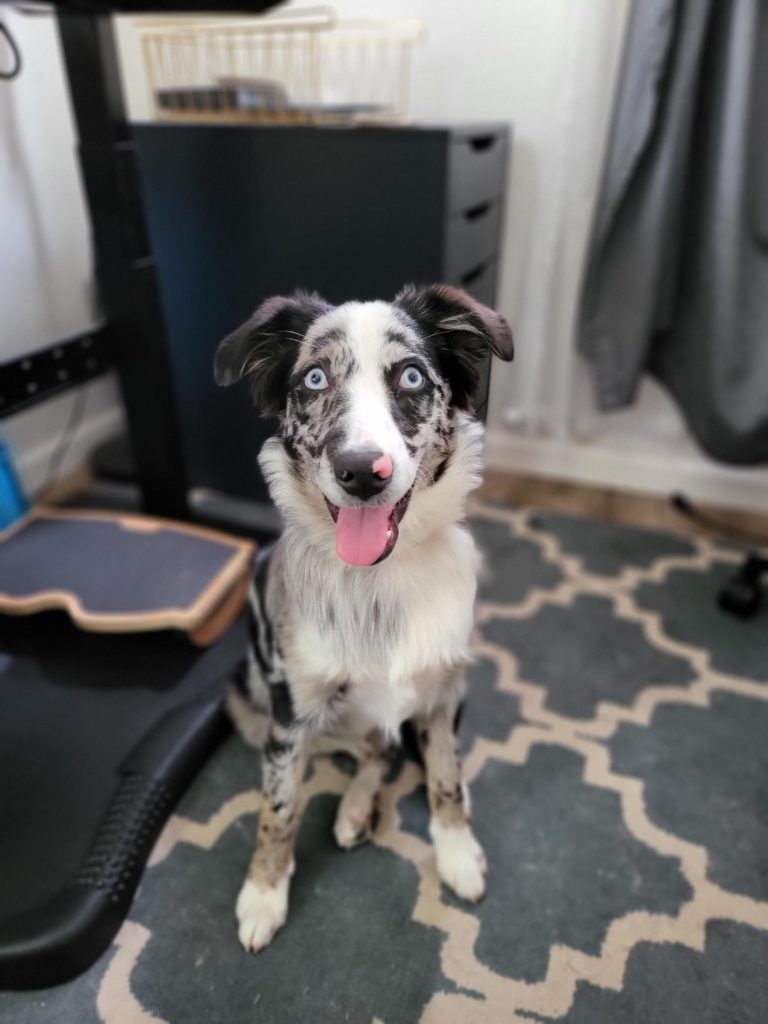
This chocolate girl is Willow. She belongs to our Marketing Assistant, Ashley. At 11 years old she has almost as much spunk as she did when she was 2! Her favorite things in life are food, squeaky toys, and following her humans around the house.
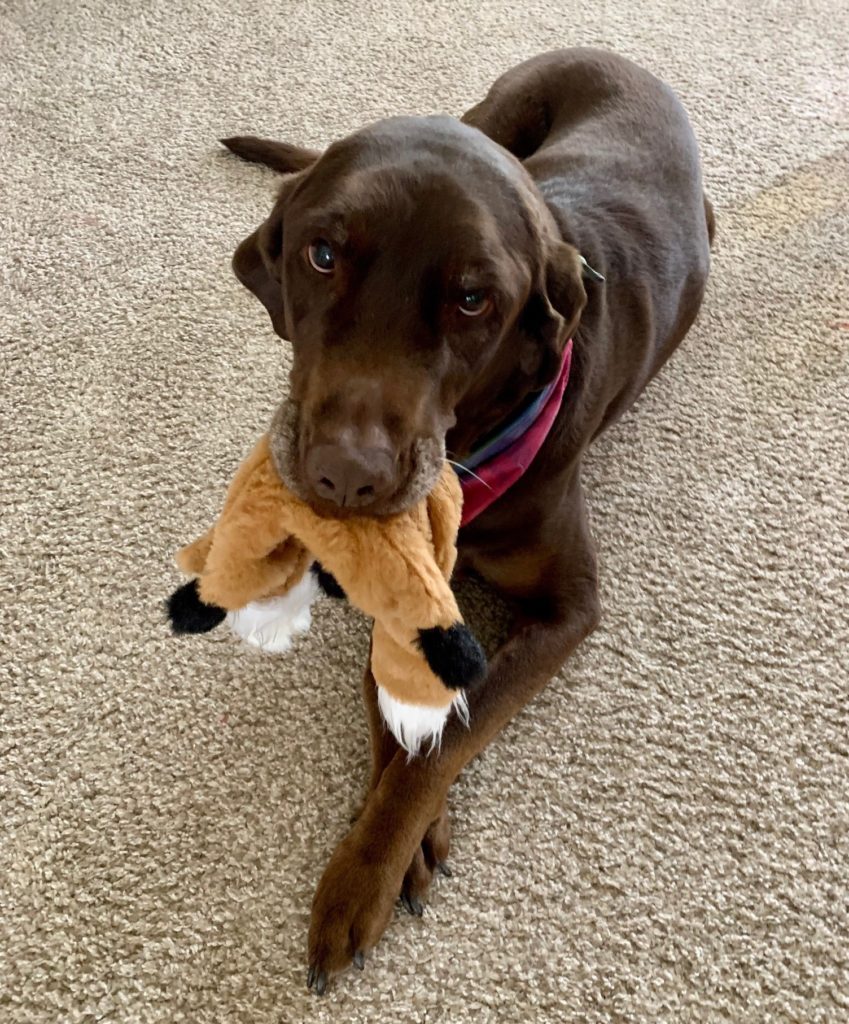
And lastly, we have these two goofballs. Mira (brindle) is the mom to Huggy (cream). According to our Sales Rep, Roberta, they are the clowns of the house. “Like mother, like son.”


